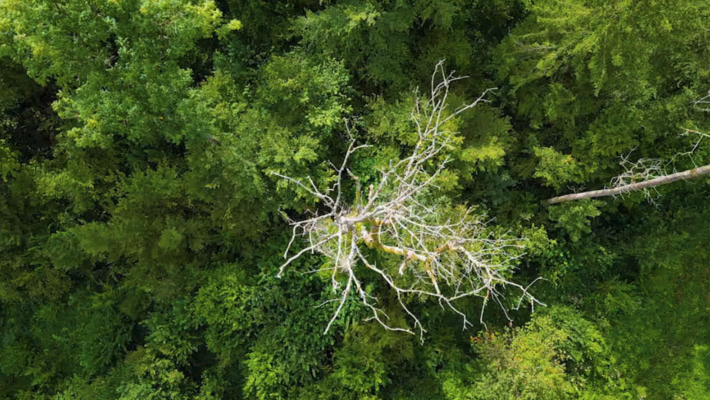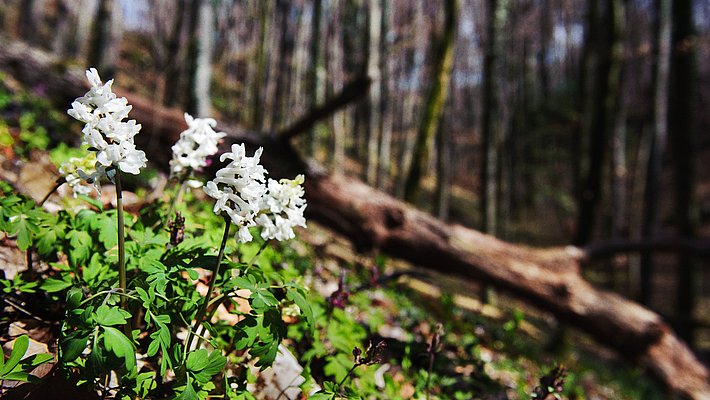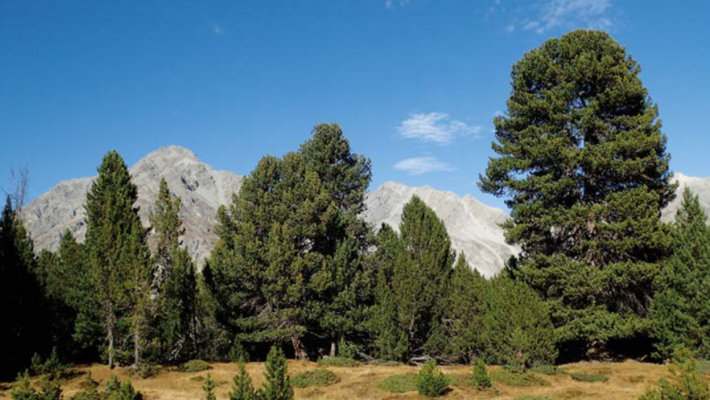Forests protect against natural hazards such as rockfall and avalanches, filter drinking water and prevent soil erosion. They provide wood, store carbon, are a recreational space for people and a haven for biodiversity. But the global upheavals in the climate system and in society are increasingly threatening these functions of the forests.
Measuring influences, finding solutions ¶
Across the board, we are seeking solutions to the challenges facing Swiss forests today and tomorrow. We explore the influences of climate change, of pollutants and of disturbances such as storms, forest fires and harmful organisms on the forest ecosystem. With field and laboratory experiments we look in detail at how nutrient cycles, soil properties and tree physiology change in response to environmental conditions.
To this end, we can rely on state-of-the-art laboratories and various long-term data series, such as tree-ring data extending far into the past. Our monitoring projects have been keeping track of the development and health of Swiss forests and how they fulfil their tasks, for example their quality as a habitat, for more than a hundred years in some cases. We use modelling to examine potential future developments. Last but not least, we explore ways to sustainably use wood.
International cooperations ¶
As one of the world's leading forest research institutes, we participate in numerous European and global research networks such as the Long-Term Ecosystem Research in Europe (LTER). Our strategic initiative SwissForestLab connects leading Swiss forest researchers from a wide variety of disciplines into a research network.
Last but not least, as a federal institute we also take on the task of passing on our knowledge to forestry practice and nature conservation in recommendations, leaflets, the web portal waldwissen.net and further training.










